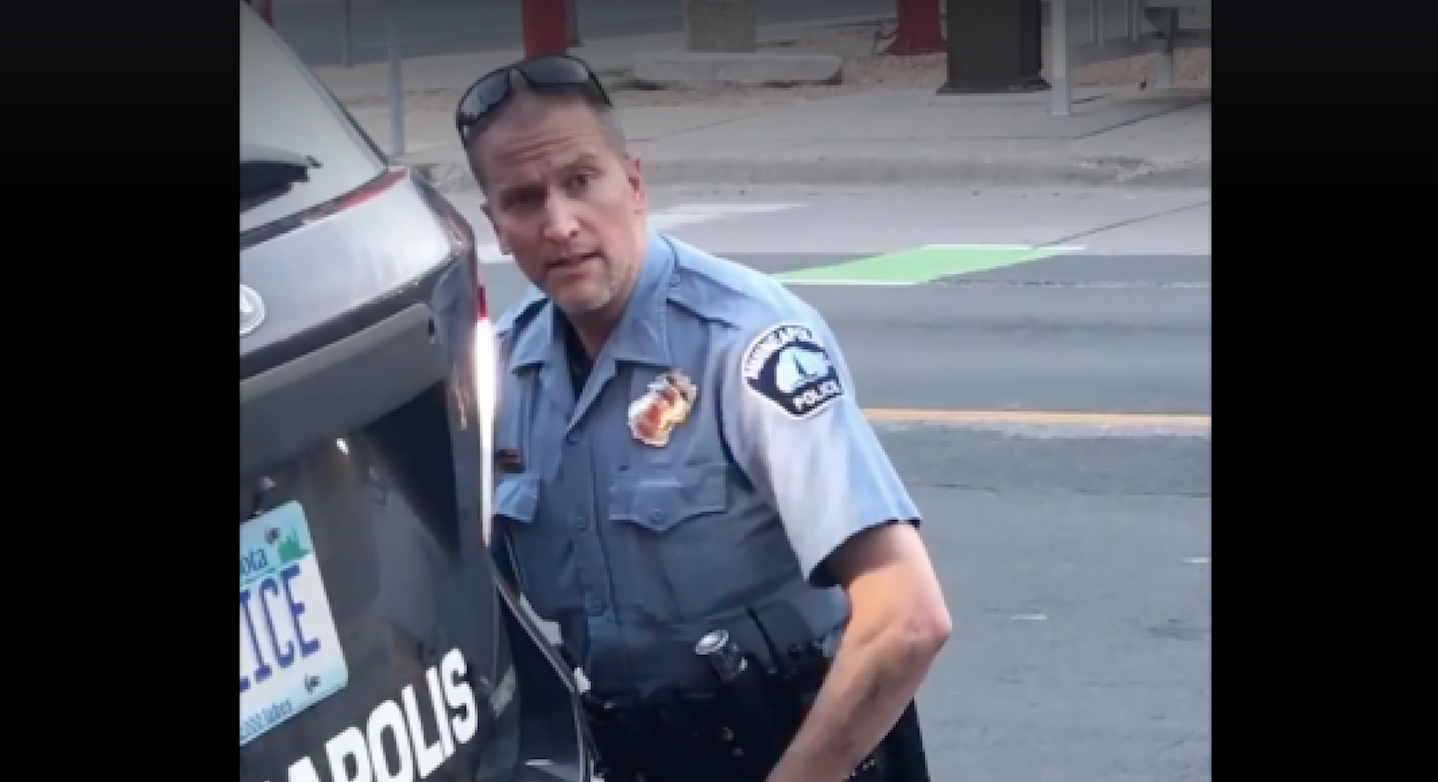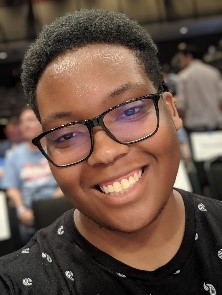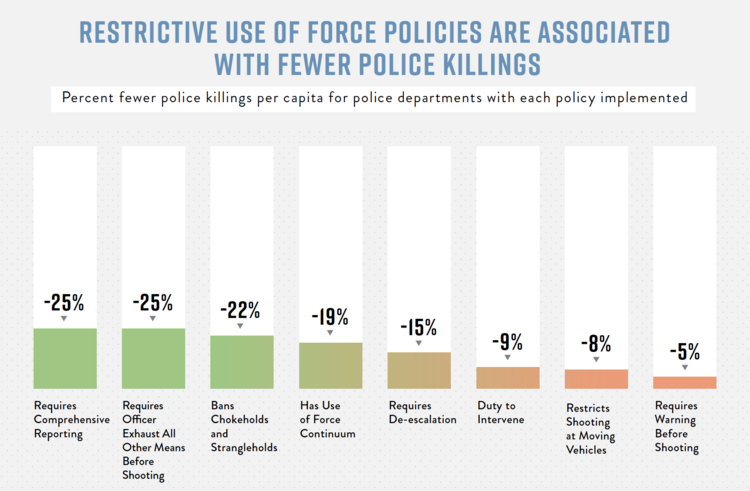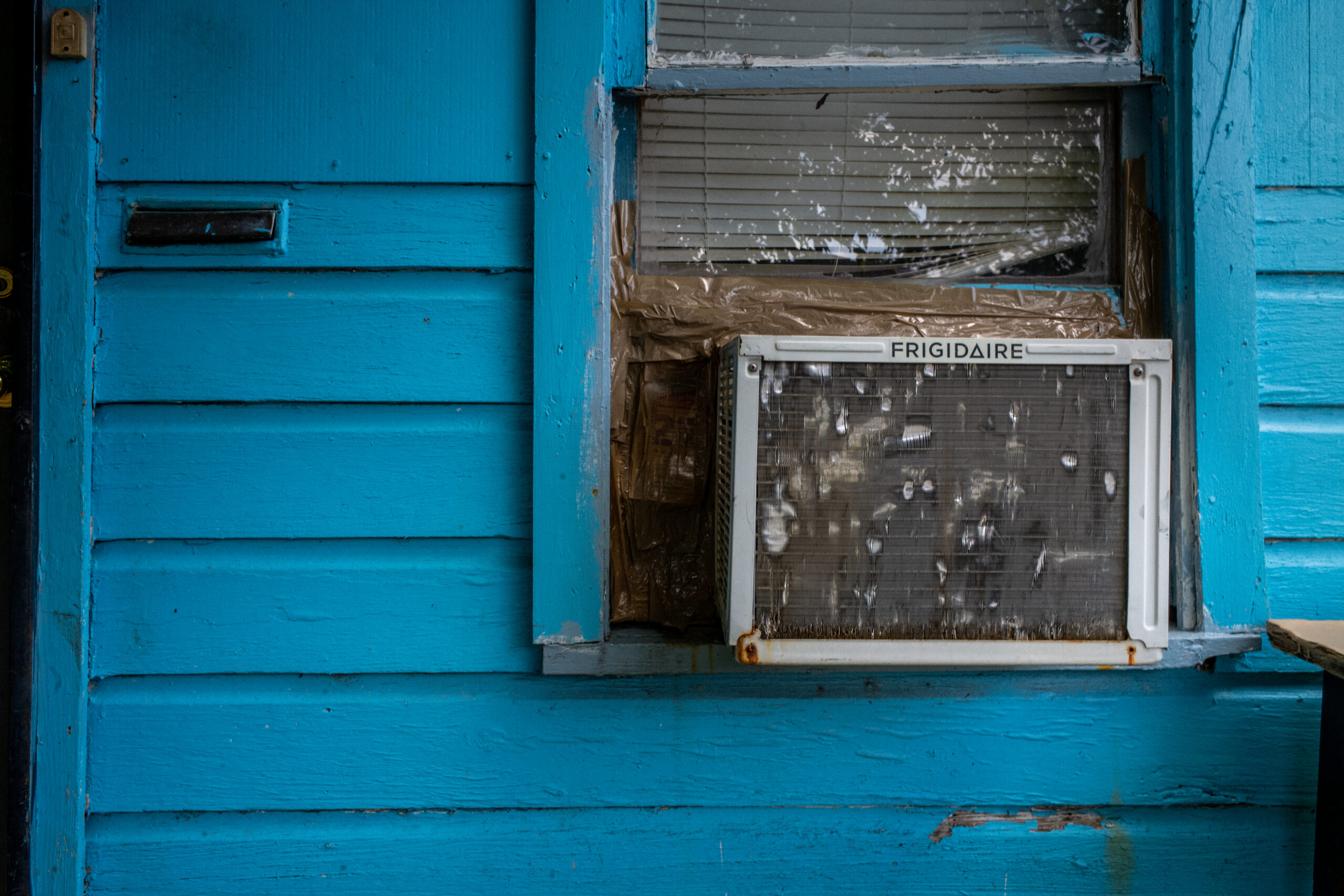
When George Floyd was killed under the knee of Derek Chauvin, many Americans asked why didn’t anyone stop him. That question stuck in my mind for days. Why wouldn’t the other officers tell him to take his knee off Floyd’s neck or pull Chauvin off of him?
Then I heard the answer, the “blue wall of silence.” For years officers have had an unspoken bond that they use to justify, in their mind, that they cannot stop another officer when they use excessive or deadly force.
The blue wall has been shaped by a wolf-pack mentality, a thought process of total loyalty to all members in the pack, good or bad. While many defenders of the police say that the problem is only a few bad officers, they neglect the bigger issue of their unwavering loyalty.
This unwavering loyalty caused the three officers to hold Floyd down and one to stand there unphased while Floyd cried out for help. The same officers who take an oath to serve and protect are taking their solidarity with each other as first priority.

Carlos Childs
Officers strengthen the wall of silence by creating consequences when other officers do intervene. Former Buffalo officer Cariol Horne has had firsthand experience dealing with the consequences of another officer from using excessive force.
In 2008, she was fired from the Buffalo Police Department after stopping another officer who was using a chokehold on a suspect while he was handcuffed. Horne had served on the force for 19 years and was months away from receiving her pension. The department fired her for “disciplinary reasons.” Horne has said that other officers lied and said that she jumped on the officer who was choking the handcuffed suspect, in an interview with CNN.
Right now, there is a momentum of support for police reform. Now is the time for lawmakers to take a stand and make it illegal for officers not to intervene when they see or are aware of another officer using excessive or deadly force. If our elected officials continue to allow officers to go unpunished when they refuse to protect citizens, we will not be able to establish any kind of police reform.
We also need lawmakers to set strict use of force standards. With force of use standards, we can set parameters for what is appropriate conduct for officers and what is not.
 Multiple studies have been conducted, and the results are clear. Police departments that have clear use of force standards see a reduction in murders done by police. As shown by the graph, conducted by Campaign Zero.
Multiple studies have been conducted, and the results are clear. Police departments that have clear use of force standards see a reduction in murders done by police. As shown by the graph, conducted by Campaign Zero.
One of the main reasons that Maryland does not see effective and systematic police and criminal justice reform is due to the power of police unions. The Maryland Fraternal Order of Police prides itself on standing up for all police officers active and retired. The one thing they do not do is speak up when police officers who use excessive or deadly force. Oftentimes the FOP chooses to stay silent when their officers murder a citizen without justification.
The worst part is when the FOP gives money in the form of donations to the campaigns of lawmakers who hold leadership in the Maryland General Assembly. Many people take this as police unions agreeing with certain lawmakers’ platforms. But studies have shown that lawmakers who take donations from police unions do not vote favorably for police reform legislation.
There is still so much to be done. The time is now when it comes to police reform. If our lawmakers do not rise to the task, we will not be able to create a police force that serves everyone regardless of race.
–CARLOS CHILDS
The writer is a political science major at Arizona State University, a former administrative assistant at the Maryland General Assembly and a community activist in Charles County. He can be reached on Facebook and on Twitter @C_LOS19.
Did someone forward this to you?
Get your own daily morning news roundup in your inbox. Free. Sign up here.




 Creative Commons Attribution
Creative Commons Attribution